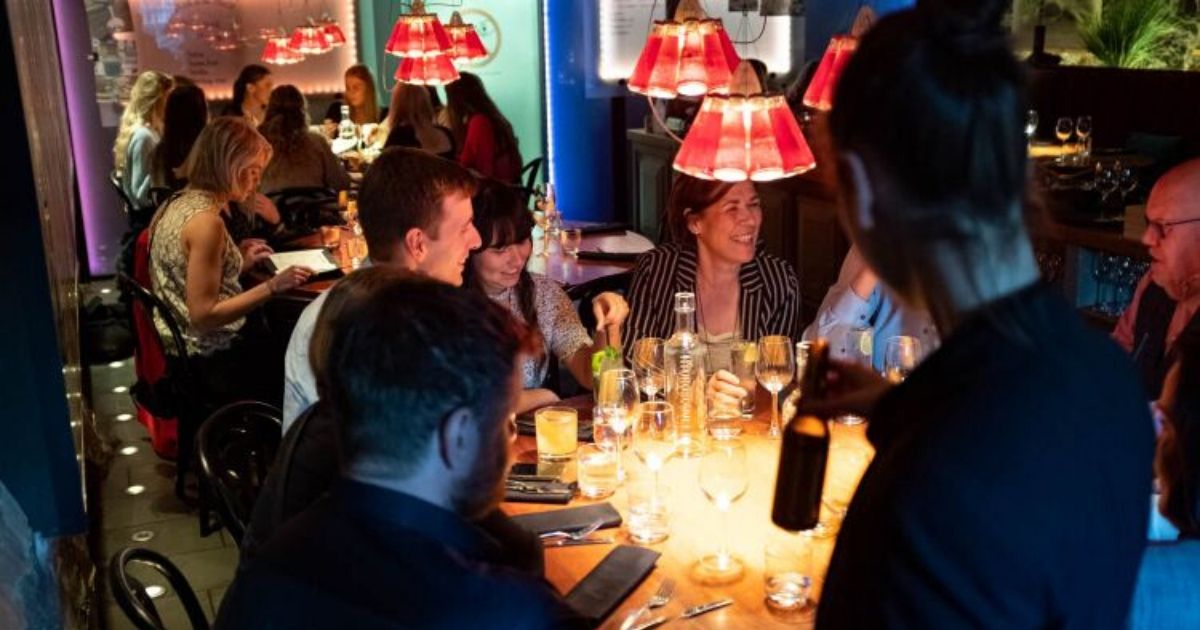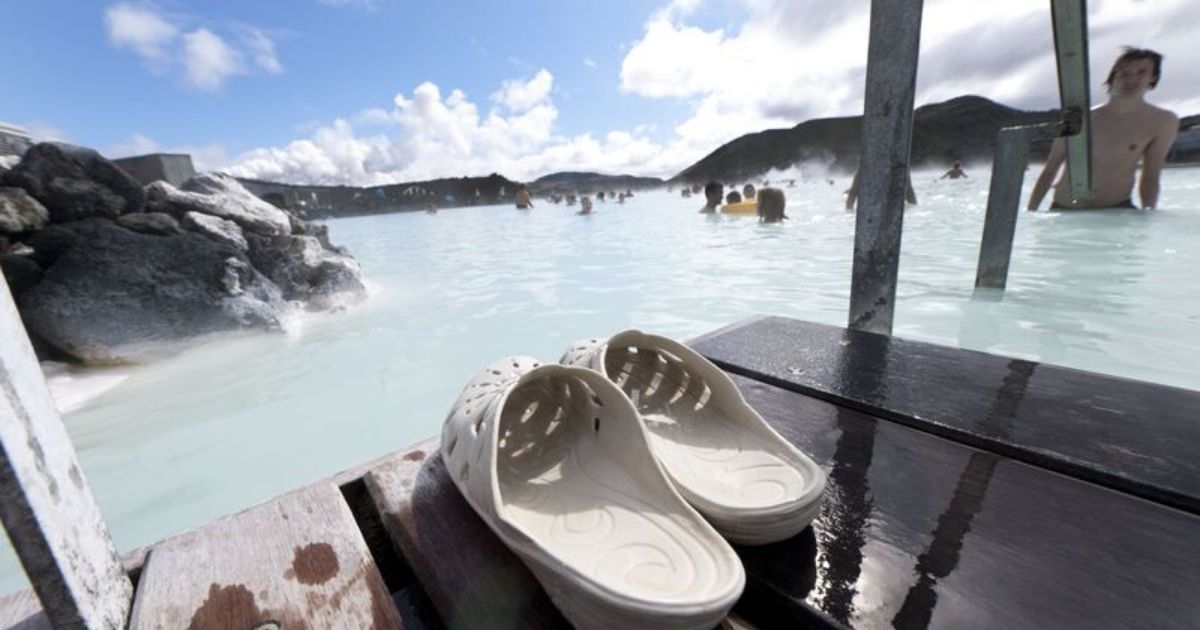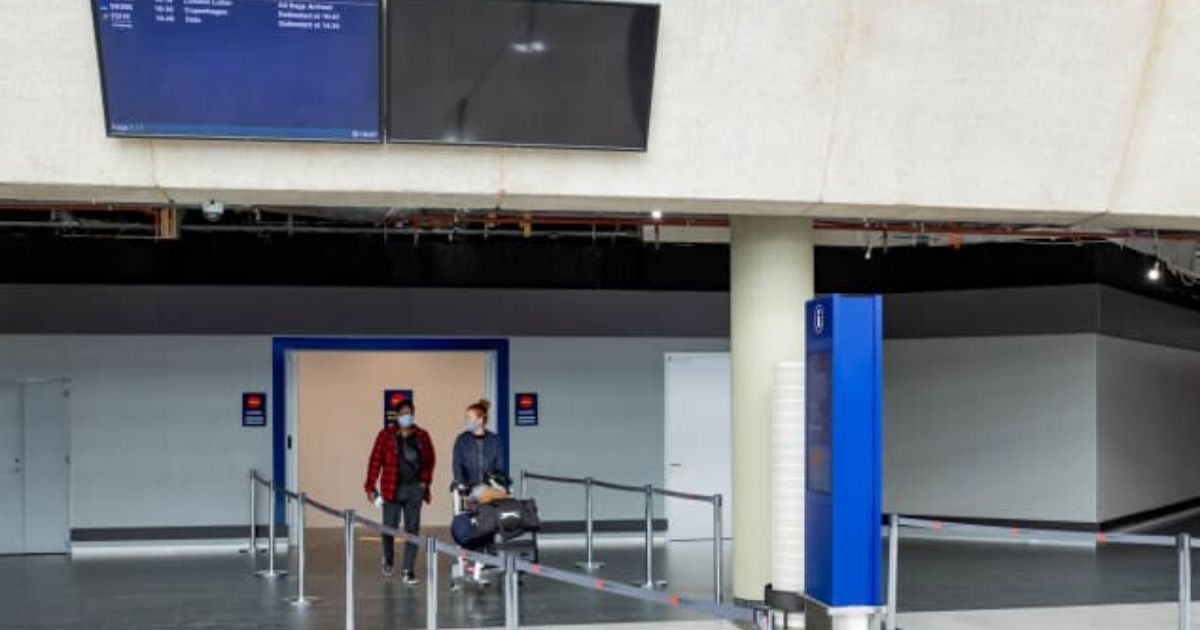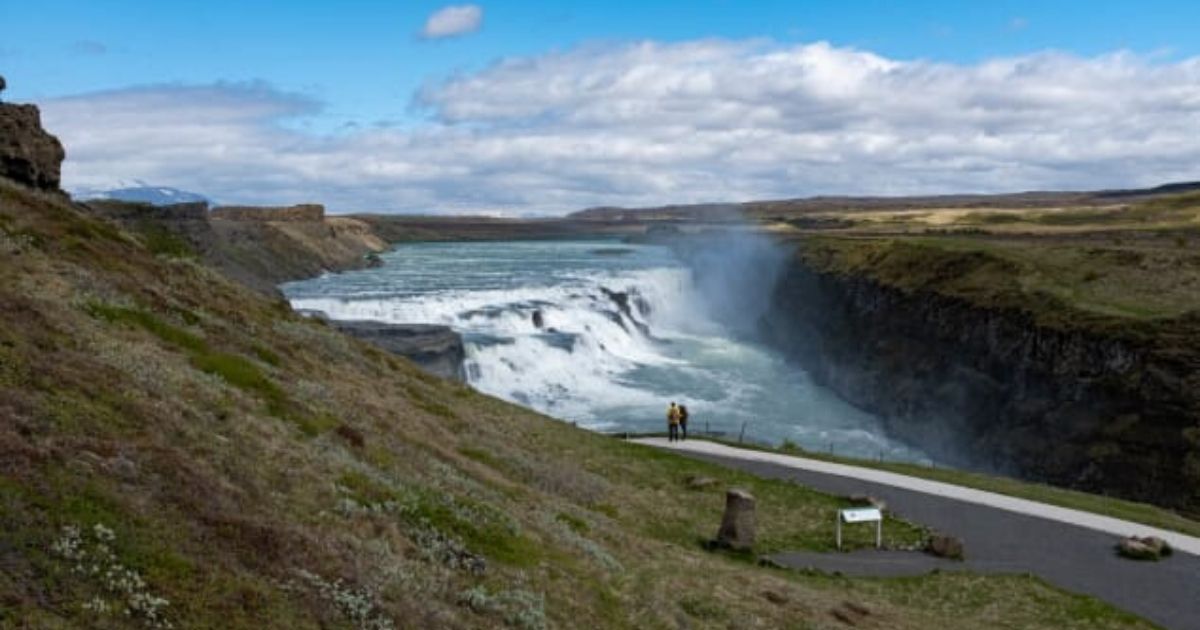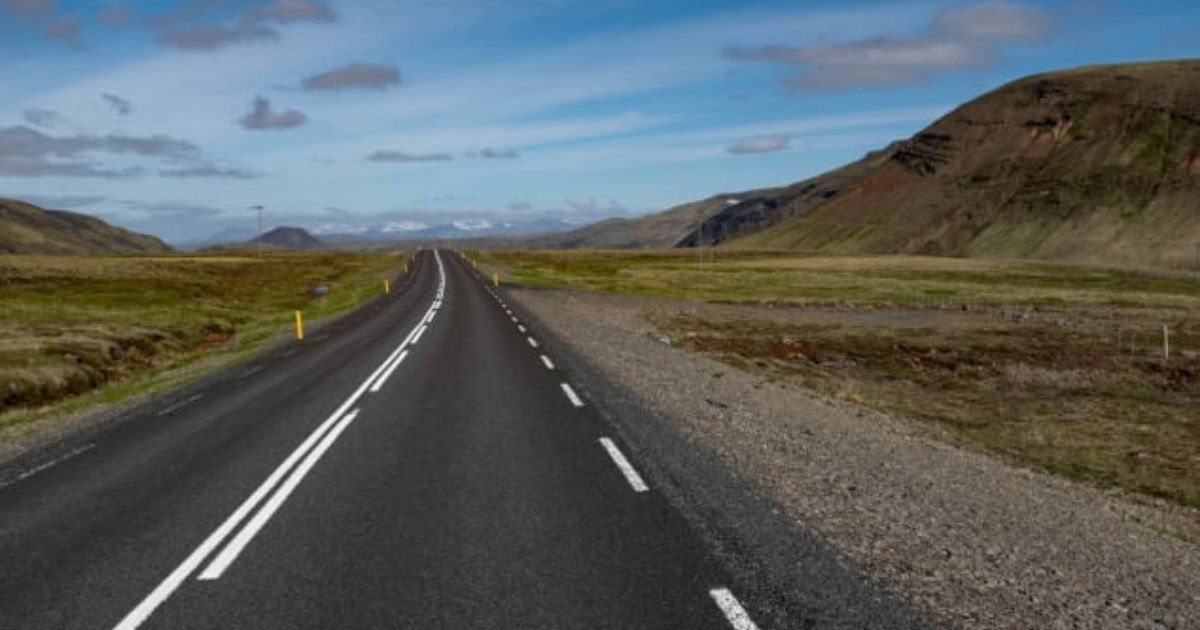The country now hopes to be an example of how to handle the virus, as well as how to recover from a pandemic.
The bars and restaurants are full. People are out enjoying themselves. The attractions are wide open to tourists. Anyone who will visit Iceland right now could think they have arrived in a parallel universe where the coronavirus never happened.
For people arriving from countries still under lockdown, eating lunch in a bustling Reykjavik cafe is thrilling as peering over the thundering abyss of Iceland’s mighty Gullfoss waterfall.
Iceland is not immune to coronavirus. During its early stages, the virus wreaked havoc among its small population. But due to effective contact tracking and tracing, it has more or less been eliminated, giving the country confidence to reopen its borders on June 15.
On June 17, after Iceland reopened, the country celebrated its annual national day and locals are mingling in the beautiful Nordic streets of the capital. There were no social distancing or face masks as Prime Minister Katrin Jakobsdóttir came out to address the crowds.
Even though this is the case, people who will enter the country must wear a mask on flights and within the arrival halls of Keflavik Airport. Upon landing, people join a new queue for nose and throat swabs to filter out anyone who might be carrying coronavirus. When Iceland opens up to countries beyond Europe’s Schengen Zone on July 1st, visitors will have to pay $114 for this procedure.
The results will be received through text messages after a few hours. If positive, visitors must enter quarantine for 14 days despite any travel plans they have. Another option is to forgo the test and go straight to quarantine. If the test is negative, visitors are free to enjoy Iceland with no restrictions.
Iceland started off with one of the highest infection rates in Europe, 513 cases per 100,000 compared to 450 per 100,000 in the UK. But the country’s screening and contact tracing system has been so effective that it can brag one of the lowest virus death rates in the world: three per 100,000 people compared to 440 per 100,000 in the UK.
In a CNN report, Kári Stefánsson, CEO of deCODE, the private lab in Reykjavik that handles all of Iceland’s testing said that part of this success is down to efforts to identify regional accents displayed by mutations of the virus arriving from different parts of the world.
“When a virus moves into a new region, it continues to mutate somewhat randomly,” Stefánsson says. “Since we have sequenced the virus from everyone in Iceland, we can first determine where the mutation came from, and then we can follow it as it’s spreading in society.”
That data is passed on to the health authorities who use it to track anyone who might have come into contact with the virus.
With the virus under control, the government is stepping up again to help restart the economy, especially the hard-hit tourism sector. That’s why it’s so keen to reopen its borders, despite the risk of arrivals bringing in fresh infection.
“I am obviously worried about a second wave, but in Iceland, we are faced with very high unemployment rates right now,” Prime Minister Jakobsdóttir said in a CNN report.
“We are not very used to high unemployment rates, so our guideline now in the government will be how to lower that number and to have more people working again.”
The latest figures show that Iceland’s unemployment doubled from January to April to 7%.
Prime Minister Jakobsdottir also recognizes the demand among Icelanders for reestablishing connections to the outside world.
“It’s not just about the economy, it’s also about the fact that we are an island and in our modern times, just having a normal transport between countries is an essential factor and it’s very different when you’re an island or when you have borders lying with other countries all around. It’s a very different situation.”



